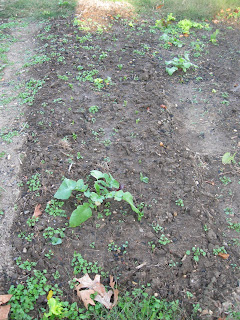Bacon, Potato, Leek, Gruyere Cheese Gratin.

This potato leek gratin is over the top. The Gruyere cheese lends a creamy smokey flavor and when coupled with thick cut bacon. Oh my.
Bacon, Potato, Leek, Gruyere Cheese Gratin
Makes: 4-6 servings
Prep Time: 25 minutes
Cook Time: 40 minutes
Total Time: 65 minutes
Ingredients
2 large stalks of leeks, cleaned and sliced
2 tablespoons olive oil
1/2 cup Gruyere cheese, shredded
1 cup heavy cream, split into 1/2 cups
4 slices thick cut bacon, cooked till crispy & torn into pieces
3 medium potatoes, peeled and sliced
Directions
- Clean leeks by cutting the white stalk into 2 inch lengths, and then slicing open the rounds to open up the leaves so you can wash soil that may have worked between the leaves. Then slice leeks lengthwise into 1/2 inch strips.
- Saute sliced leeks in olive oil till tender.
- Mix cooked leeks, shredded Gruyere cheese, and 1/2 cup heavy cream.
- Layer cooked leek mixture, sliced potatoes, and cooked bacon pieces in casserole dish.
- Pour last half cup of heavy cream over the top.
- Bake for 40 minutes at 350 degrees Fahrenheit. The heavy cream should bubble up and cook the upper layers of the potatoes. Be careful to not let the gratin bubble over the casserole dish.



















































